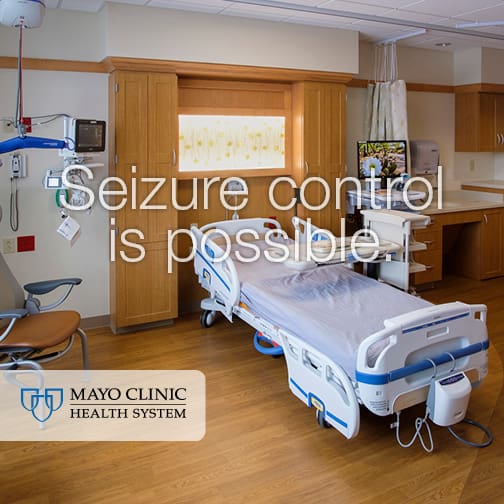Recent Posts
Vagus nerve stimulation treatment for seizures

In a patient with newly diagnosed recurrent seizures, or epilepsy, medications typically are the first line of treatment. Approximately 70 percent of people with epilepsy are able to find seizure control using a single medication or a combination of two or more. For other people with epilepsy, other treatment options are used, including a vagus nerve stimulator.
There is one vagus nerve on each side of your body, running from your brainstem through your neck to your chest and abdomen. Vagus nerve stimulation is a system in which a device is implanted, typically by an ear, nose and throat physician, in your chest wall. This is similar to a pacemaker. Then, the device is connected to a wire that is wrapped around your left vagus nerve. The procedure uses a small incision, and most patients can go home the same day.
After a two-week healing time, a neurologist turns on the device to a low setting during a clinic visit. Small electrical signals are sent to this nerve on a scheduled basis. It can be programmed to deliver electric impulses at various times, frequencies and currents. Each week, the device is monitored and adjusted until you reach a peak tolerance or find seizure control.
Vagus nerve stimulation has effectively treated seizures for approximately 20 years, especially in patients who have partial seizures, which are a result of abnormal, uncontrolled electrical activity that starts in one small part of the brain. Studies found that patients found a significant reduction, up to 50 percent, in the frequency and intensity of seizures. Overall, this treatment is well-tolerated.
Learn more about seizures and epilepsy:
- Not many people know how to react when observing somebody having a seizure. Read how to help someone having a seizure.
- For anyone who has epilepsy or a seizure disorder, life can be a challenging and uncertain journey. Read about a new option for seizure answers closer to home.
- Jake Weiss felt like he was dying when his panic attack symptoms set in. Read his story of getting back behind the wheel after an epilepsy diagnosis.
Scott Spritzer, D.O., is a neurologist in Eau Claire, Wisconsin.




